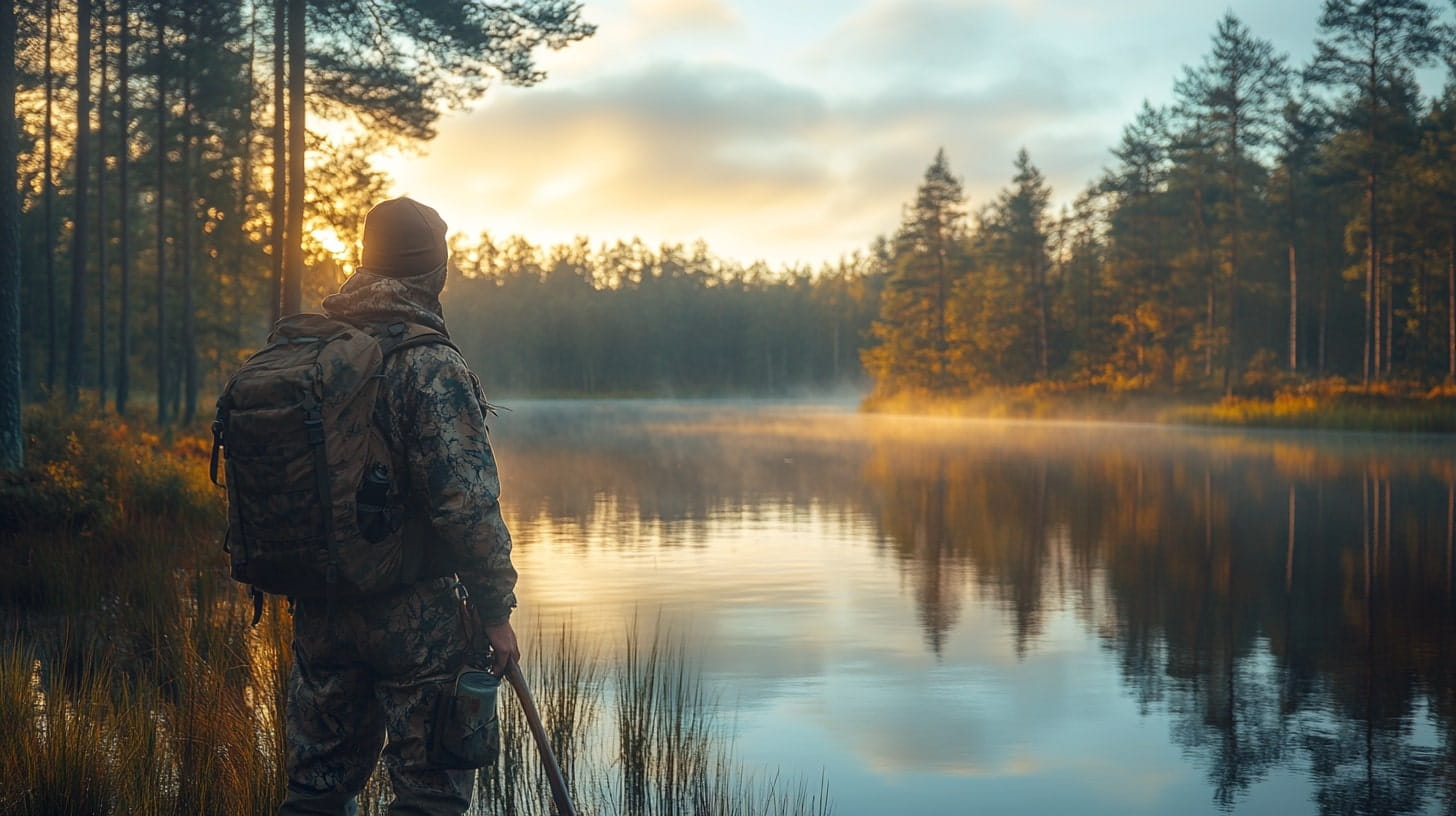For outdoor enthusiasts, few experiences are as rewarding as the thrill of both fishing and hunting. Combining these two passions into a single trip not only doubles the adventure but also makes the most of your time in nature. However, the logistics of preparing for both activities simultaneously can be daunting. This guide will help you master the art of planning, executing, and enjoying a trip that combines fishing and hunting into one unforgettable experience.
Why Combine Fishing and Hunting?
The idea of pairing fishing and hunting might seem ambitious, but it offers a host of benefits. First, it maximizes your time outdoors by allowing you to engage in two fulfilling activities without the need for separate trips. Second, it presents an opportunity to experience different terrains, habitats, and wildlife, enriching your connection to nature. Finally, combining these activities can be more economical, as you’ll save on travel costs and permits by planning a single, well-organized adventure.
Plan Your Trip Around Season and Location
The success of a fishing and hunting trip begins with strategic planning. Research is essential to identify locations where both activities can be pursued legally and effectively. Look for regions with overlapping fishing and hunting seasons, ensuring your chosen destination aligns with local regulations.
For example:
- Coastal Areas: Great for saltwater fishing and waterfowl hunting.
- Lakes and Rivers: Perfect for freshwater fishing alongside deer or turkey hunting.
- Mountainous Regions: Combine fly fishing in streams with hunting big game like elk or bear.
Check state and federal regulations to confirm the species you can target and ensure you have the necessary licenses and permits. Some areas may offer combo licenses specifically for hunting and fishing.
Packing Smart for Dual Activities
Packing for both fishing and hunting requires careful consideration to balance functionality with efficiency. You don’t want to overpack, but you also can’t afford to leave essential gear behind.
Fishing Gear:
- A lightweight, durable fishing rod and reel suitable for your targeted species.
- A tackle box with versatile lures, hooks, and lines.
- Waders or water-friendly boots if you plan to fish in streams or rivers.
Hunting Gear:
- A reliable rifle, bow, or shotgun, depending on the game you’re pursuing.
- Ammunition or arrows suited for your target species.
- Camouflage clothing and scent control sprays.
Shared Essentials:
- A multipurpose knife for cleaning fish and game.
- A cooler or game bag for transporting your catches.
- A sturdy backpack to carry gear for both activities.
Packing dual-purpose items, like outdoor apparel that works for both fishing and hunting, can save space. Don’t forget safety essentials, including a first aid kit, GPS device, and weather-appropriate clothing.
Timing is Everything
Synchronizing your fishing and hunting activities is crucial for a successful trip. Start by understanding the daily patterns of your target species. Early mornings and late evenings are often prime times for both fishing and hunting.
For example:
- Hunting at Dawn: Many game animals are most active during the early morning hours. Plan your hunting efforts to coincide with these windows.
- Fishing Midday: When hunting slows down in the midday heat, switch to fishing. Fish are often more active in shaded waters during warmer parts of the day.
- Evening Hunts or Casts: As the day cools, return to hunting or fishing, depending on your progress.
Flexibility is key. Be prepared to adapt your schedule based on weather conditions, animal behavior, or changes in water activity.
Tips for Balancing the Two Activities
Managing your time and energy effectively is vital when combining fishing and hunting. Here are a few strategies to keep both activities in harmony:
- Prioritize Your Goals: Decide which activity is your main focus and which is secondary. For instance, if deer hunting is your priority, plan to spend more time in the woods, using fishing as a complement.
- Scout Your Area: Spend time scouting before your trip. Identify prime fishing spots and game trails to minimize wasted effort.
- Stay Mobile: Use a boat, ATV, or lightweight gear to move quickly between fishing and hunting locations. This allows you to cover more ground and maximize your time.
- Use Breaks Wisely: Hunting requires periods of stillness and patience, making it a good opportunity to rest after active fishing. Conversely, fishing can be a relaxing break after the physical exertion of stalking game.
Field-to-Table Success
One of the greatest joys of combining fishing and hunting is the ability to bring home fresh, wild-caught food. Proper preparation ensures your catch or game reaches the table in the best condition.
For fish, clean and gut them as soon as possible after catching. Store them in a cooler with ice to maintain freshness. For game, field dress your harvest promptly and store it in a game bag or cooler to prevent spoilage.
Back at camp or home, you can get creative with your cooking. Grilled venison steaks alongside pan-fried trout or a hearty stew combining both are just a few ideas to savor the fruits of your labor.
Respect Nature and Stay Safe
Combining fishing and hunting comes with a heightened responsibility to respect nature and follow safety protocols. Always adhere to local regulations and ethical practices, such as respecting bag limits, using humane methods, and leaving no trace.
Safety should be your top priority. Ensure firearms and fishing gear are handled responsibly and keep an eye on weather conditions to avoid being caught unprepared.
Conclusion
Combining fishing and hunting into one trip is a rewarding way to immerse yourself in nature while maximizing your outdoor pursuits. With proper planning, efficient packing, and smart time management, you can enjoy the best of both worlds. Whether you’re reeling in a trophy fish or tracking game through the woods, the memories made on these trips will last a lifetime. So grab your gear, hit the road, and experience the ultimate outdoor adventure.

